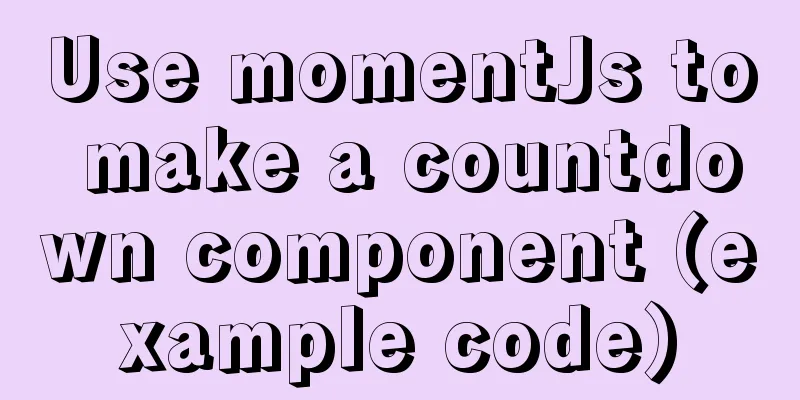Summary of things to pay attention to in the footer of a web page

|
Lots of links You’ve no doubt seen a lot of sites like this: with 50, 100, or even more links at the bottom. When a search engine crawls your website, it tries to distinguish between different areas of your website and weight them differently. So putting a bunch of links at the bottom of your website isn't going to do you any good. My advice is to keep the number of links at the bottom of your site small: 25. Dynamic footerDynamic content can make it more interesting to search engines. For example, you can include links to your latest articles, add some links to pages where you have recently updated content, or put a few links to popular old articles, a few links to articles you recommend, and so on. Your goal is to tell search engines that your content is constantly changing. Timestamp and crawling testSometimes this helps if you have a large website. This will let you know which parts of your site Google doesn’t like and isn’t crawling as often. If you add the current time in the footer using “search engine-friendly text” such as “page generated on Jan 2011”, then two months later, search for [site:example.com “page generated Jan 2011”]. It will list pages that have not been crawled in 2 months. This isn’t very technical, but it’s a great way to easily spot where you have crawling issues. Here’s a word of caution: don’t use a full date, or Google might tag your page with that date. No-Follow and PagerankI used to be big on no-follow and page authority (PR) transfer, but I no longer think it’s an effective approach. So if you’re using no-follow to block search engines from accessing your contact page, privacy policy, terms of service, etc., stop. This is likely to do more harm than good. If you have some login links, like user accounts, backend pages, then use no-follow. Additionally, you should use robots.txt to block search engines from accessing these pages. Usability and font sizeAlthough this section does not involve SEO, usability is something you must pay attention to. It is generally better to use a slightly smaller font for the footer than your main text, but not too small. You can use lighter colors behind other colors, but don't make it invisible, otherwise people will think you are trying to cover up something. If you have a lot of content in your footer, group it instead of just throwing it all together. Ok, let’s review some ways to optimize your footer: Limit the number of links to only the necessary ones List some dynamic contentContains a date used to track search engine crawls Use no-follow to prevent search engines from crawling pages you don’t want to be crawled, not to control PR delivery. Organize your footer content into categories. Use smaller and lighter type, and don't sacrifice usability for appearance. |
<<: Linux operation and maintenance basic process management and environment composition analysis
>>: This article will show you how to use SQL CASE WHEN in detail
Recommend
A complete example of implementing a timed crawler with Nodejs
Table of contents Cause of the incident Use Node ...
WeChat Mini Program QR Code Generation Tool weapp-qrcode Detailed Explanation
WeChat Mini Program - QR Code Generator Download:...
What should I do if I want to cancel an incorrect MySQL command?
I typed a wrong mysql command and want to cancel ...
How to count down the date using bash
Need to know how many days there are before an im...
The docker container directly runs to obtain the public IP operation through ping
Get the local public IP address through the conta...
Enabling or disabling GTID mode in MySQL online
Table of contents Basic Overview Enable GTID onli...
How to verify whether MySQL is installed successfully
After MySQL is installed, you can verify whether ...
Detailed explanation of inline elements and block-level elements in commonly used HTML tags
Block element HTML tag classification details * a...
Detailed code of the example of downloading the docker installation package from yum and installing it on an offline machine
1. On a networked machine, use the default centos...
Steps for Vue to use Ref to get components across levels
Vue uses Ref to get component instances across le...
JavaScript Snake Implementation Code
This article example shares the specific code of ...
Summary of the use of three for loop statements in JavaScript (for, for...in, for...of)
Preface Every developer who comes into contact wi...
How to remount the data disk after initializing the system disk in Linux
Remount the data disk after initializing the syst...
Html easily implements rounded rectangle
Question: How to achieve a rounded rectangle usin...
Vue father-son value transfer, brother value transfer, child-father value transfer detailed explanation
Table of contents 1. Parent component passes valu...









